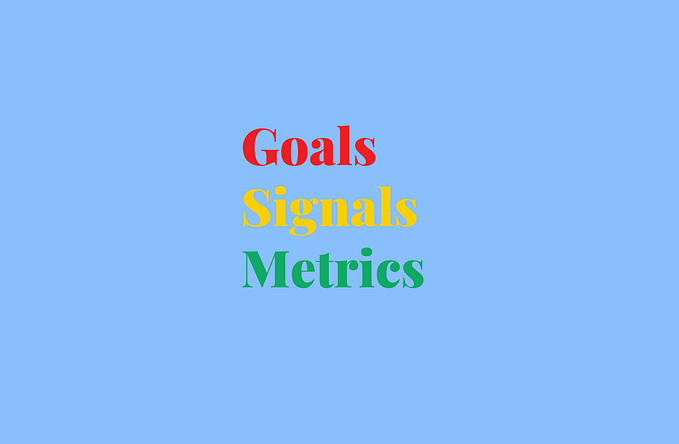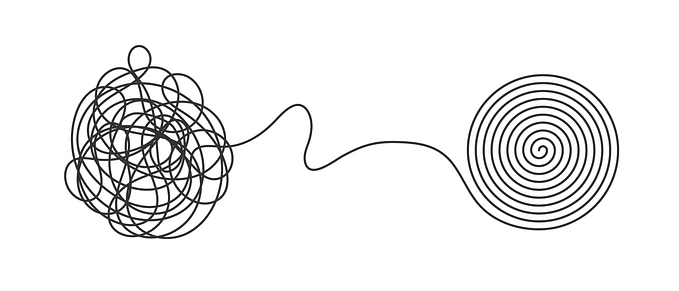Design as a team sport
The old stereotype of the “rockstar designer” is (thankfully) going away. As digital teams grow and projects become more complex, designers are being valued by collaboration and team enablement rather than only individual tasks.

It takes two to tango
Designers working at smaller companies often sign up for UX-team-of-one positions: a brave endeavor to push the entire design process forward on one’s own while simultaneously creating a culture of design in the organization. A rewarding — but often isolating — role to take on.
At the other end of the spectrum, designers at larger companies are often initially attracted by the idea of being part of a more structured team, only to find out that many of the challenges presented by smaller companies are still there. Designers are isolated in their own product teams (which often belong to different budget centers) with rare moments of true collaboration. As a designer, can I provide insights into the product strategy? How should the developer hand-off go? Internal politics often create additional territorial lines, further complicating productive exchanges between co-workers.
Real collaboration requires a set of rules, not a set of roles.
This situation is also worsened by the misconceptions of the “10x designers” or “design unicorns”. Many designers, trying to sustain that image, keep pushing for a one-person show. Without the input of other team members, the final product often reflects the bias of a siloed, myopic worldview.
Designers as enablers
If your team is constantly asking for clarity about a project, or your workflow feels like you’re pushing tasks through a production line, these are signs you need to step up and act as a facilitator, reframing the design process in different ways.
- Pushing for more user research could be framed as growing curiosity across the team to learn more about the users and the product space.
- Polishing an interaction or animation could be done in collaboration with developers and be framed as a desire to deliver high-quality experiences.
- Feedback could go beyond “leaving comments on the doc”, and happen in both structured and unstructured ways.
Design is a horizontal discipline. Our natural ability as designers to empathize with others and understand their motivations can work in our favor within our companies as well. In 2020, being an enabler in our organization means bringing the team together towards a common goal, checking your ego at the door, and creating a safe space for collaboration regardless of titles or departments.
This article is part of our State of UX report: a holistic analysis of digital design as a discipline, and what to expect for the future.






